Author Archive
Cruelty in Literature
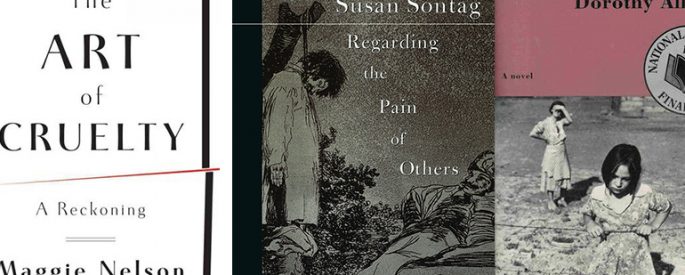
What do we learn from new depictions of brutalized bodies in literature?
Harassment and Linguistic Inquiry in Milkman

Anna Burns’s novel, winner of the 2018 Man Booker Prize, centers on unwanted sexual attention in an environment where safety is already not only unlikely, but impossible.
Disappearing Distinctions in Cristina Rivera Garza’s The Iliac Crest
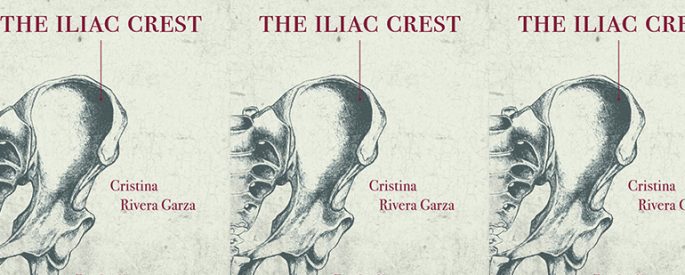
With rich, corporeal symbolism, Rivera Garza not only demonstrates how gender classification and the language that serves it disappear marginalized voices from literature and marginalized bodies from the world, but also asks how this tiered disappearance might be tempered.
Emotional Memory in Dan Sheehan’s Restless Souls

Dan Sheehan’s intertextual debut novel pursues the different calibers of memory, and asks to what extent we can and should control them.
Grief and Transformation in Han Kang’s The White Book

Over the course of the fragmented, deeply imagistic book (which Kang has described as a narrative poem), whiteness expands beyond solid objects into concepts and sensations, its every iteration part of an adjacent world in which her sister is not dead and it is she, instead, who is absent.
Lizzie Borden in Angela Carter and Sarah Schmidt

In 1892, Andrew and Abby Borden were murdered in their home in Fall River, Massachusetts. The prime suspect was Andrew’s daughter Lizzie. The murders have since been mythologized in a heady mix of rumor and conjecture; poisoned milk and madness-inducing menstrual cycles are but two of the incongruous details.
Transcribing the Self
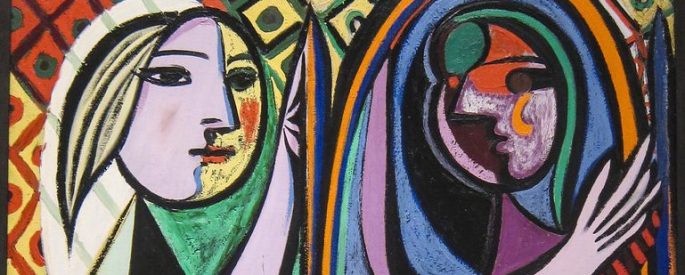
What is the role of the literary arts when the self is at its most porous? At moments of corporeal and emotional transition, how does writing entwine with acts of recovery and transformation?
Detachment in Fiction from Fleur Jaeggy and Jean Genet
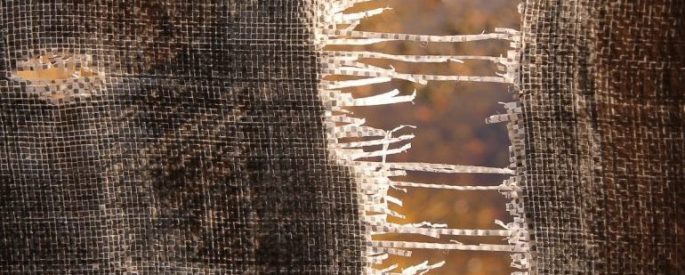
Fleur Jaeggy’s fiction works, two short novels and two short story collections, are marked with a quiet violence and a very particular brand of detachment.
Elena Ferrante & the Condition of a Woman’s Body
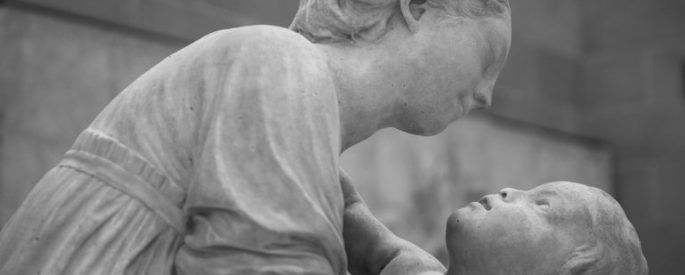
In corporeal and metaphysical terms, Ferrante’s girls and women are made porous and penetrable, pervious and vulnerable, in ways that raise questions regarding the contemporary status of a woman’s body, and the modes of resistance we might fashion in changing its position.
The Shape of Desire

When confronted with relentless male longing, there is nothing so spectacular about female flesh: human or animal, it answers to the same name.